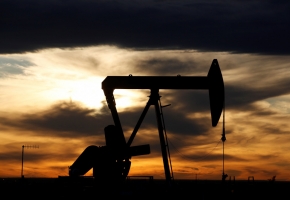Why did the last ice age end?

Nearly 10,000 years ago, Earth came out of its most recent ice age. Vast, icy swaths of land around the poles thawed, melting the glaciers that had covered them for nearly 100,000 years.
Why, after such a long period of cold, did the ice age finally come to an end? Scientists are still searching for the answer.
The traditional explanation — and short answer — for why ice ages begin and end is a series of eccentricities and wobbles in the planet's orbit known as the Milankovitch cycles. Named after Serbian scientist Milutin Milankovitch, these cycles describe patterns in Earth's orbit and axial tilt. Over time, our planet's orbit around the sun alternates from being more circular to more egg-shaped. At the same time, our planet's axis tends to both tilt and wobble.
Milankovitch found that these factors combine at regular intervals to cause land at 65 degrees north latitude (a parallel that runs through Canada, Alaska and parts of Eurasia) to become warmer than normal and theorized that this warming and then subsequent cooling of the Northern Hemisphere explained the planet's cycle of ice ages — or glacials — and warmer periods — or interglacials.
Quite simply, we can say that ice ages line up with these Milankovitch oscillations, but we don't know exactly why.One possible explanation is that when the Northern Hemisphere began to warm around 13,000 years ago, meltwater and icebergs flooded the North Atlantic Ocean, causing a temporary cooling of the Northern Hemisphere known as the Younger Dryas period (12,900 to 11,700 years ago).
There is some evidence that the Younger Dryas affected ocean currents in a way that caused the Southern Atlantic to warm up, stirring up the ocean in the process and releasing tons of stored carbon dioxide into the atmosphere, which in turn caused glaciers in the Southern Hemisphere to melt over the next 1,500 years. The end result was likely a more carbon-rich atmosphere that continued to warm both hemispheres, lifting the planet out of the glacial period.
Source: Live Science
Image: Paul Souders/Getty Images







